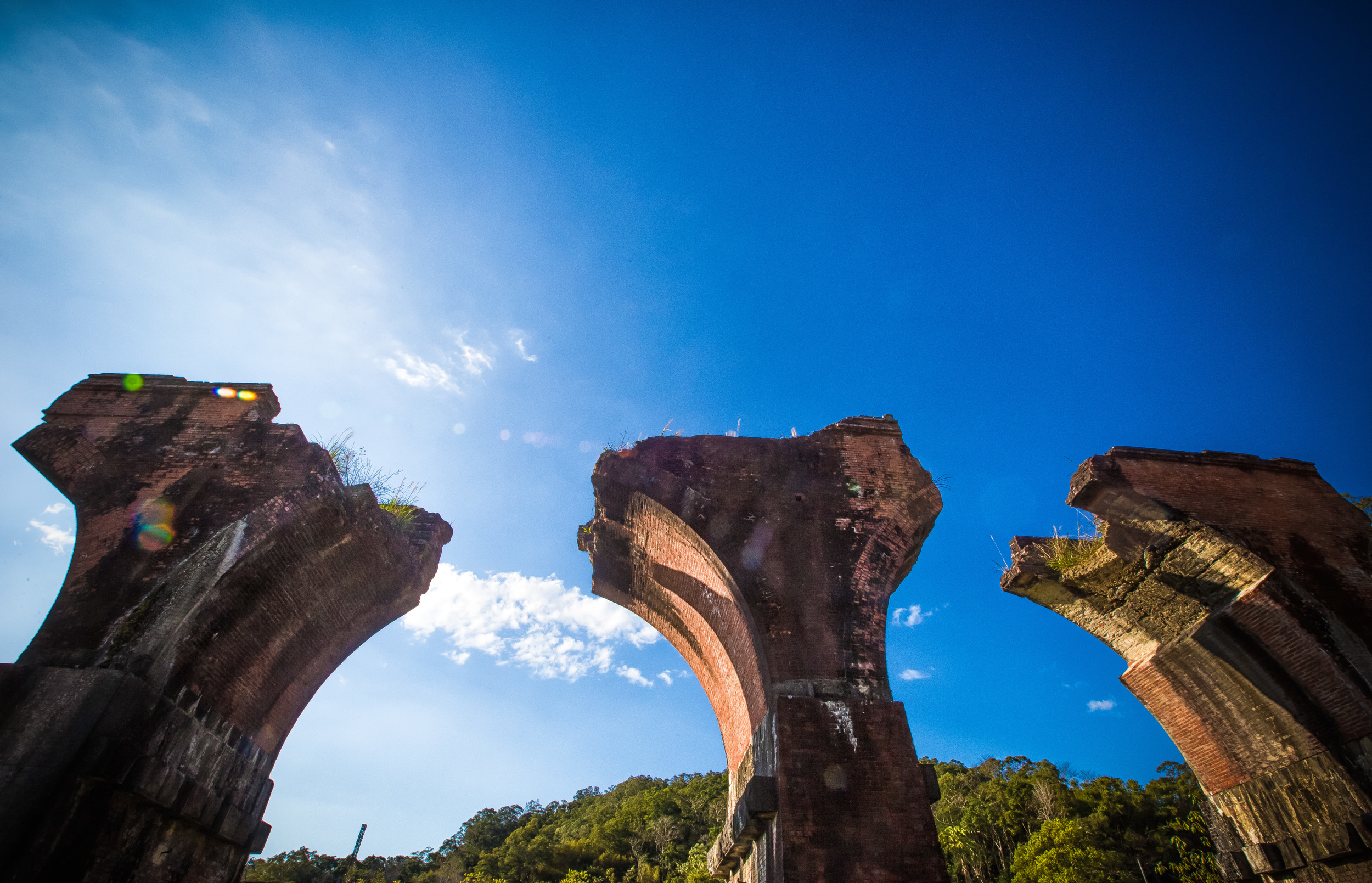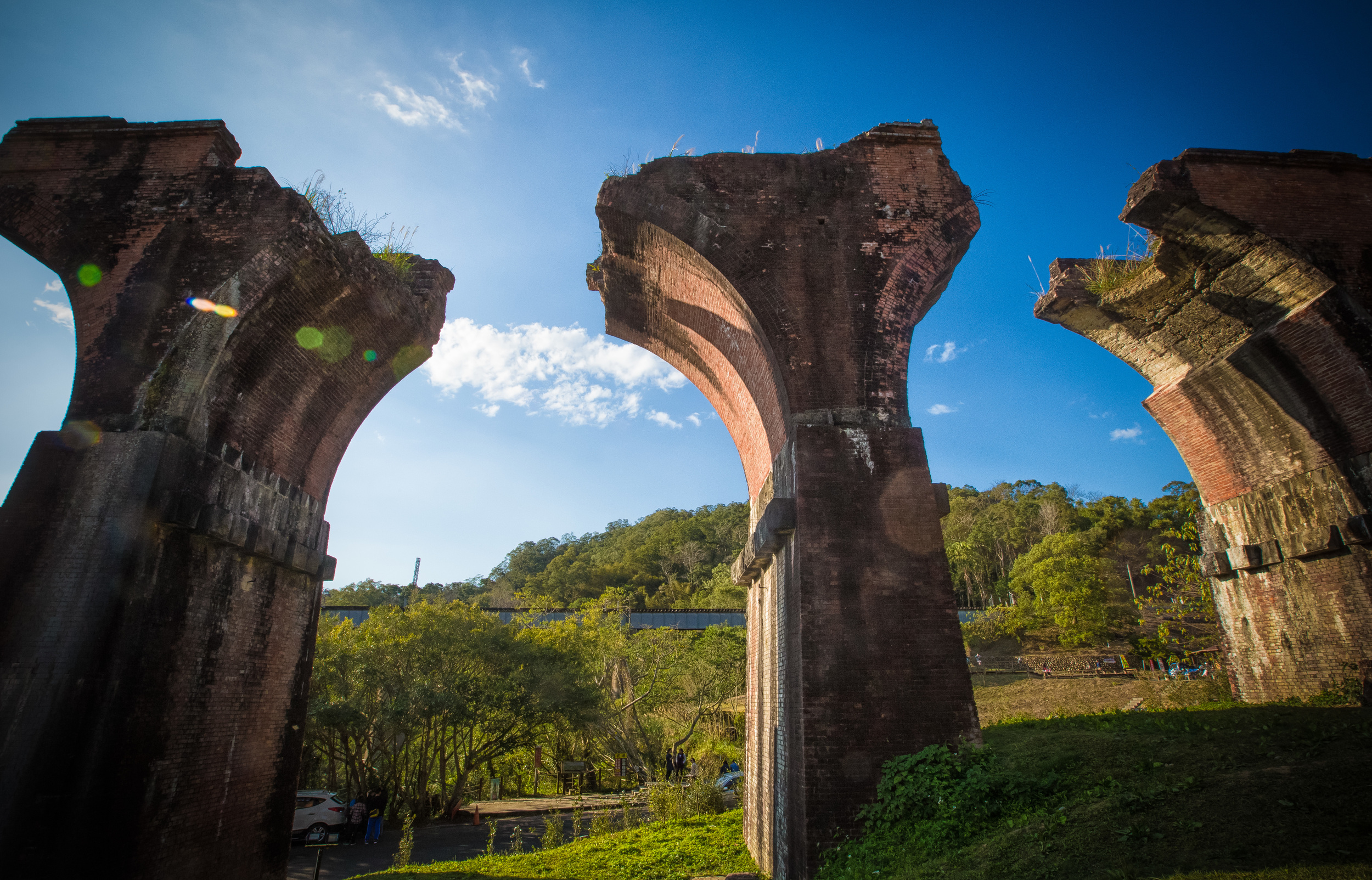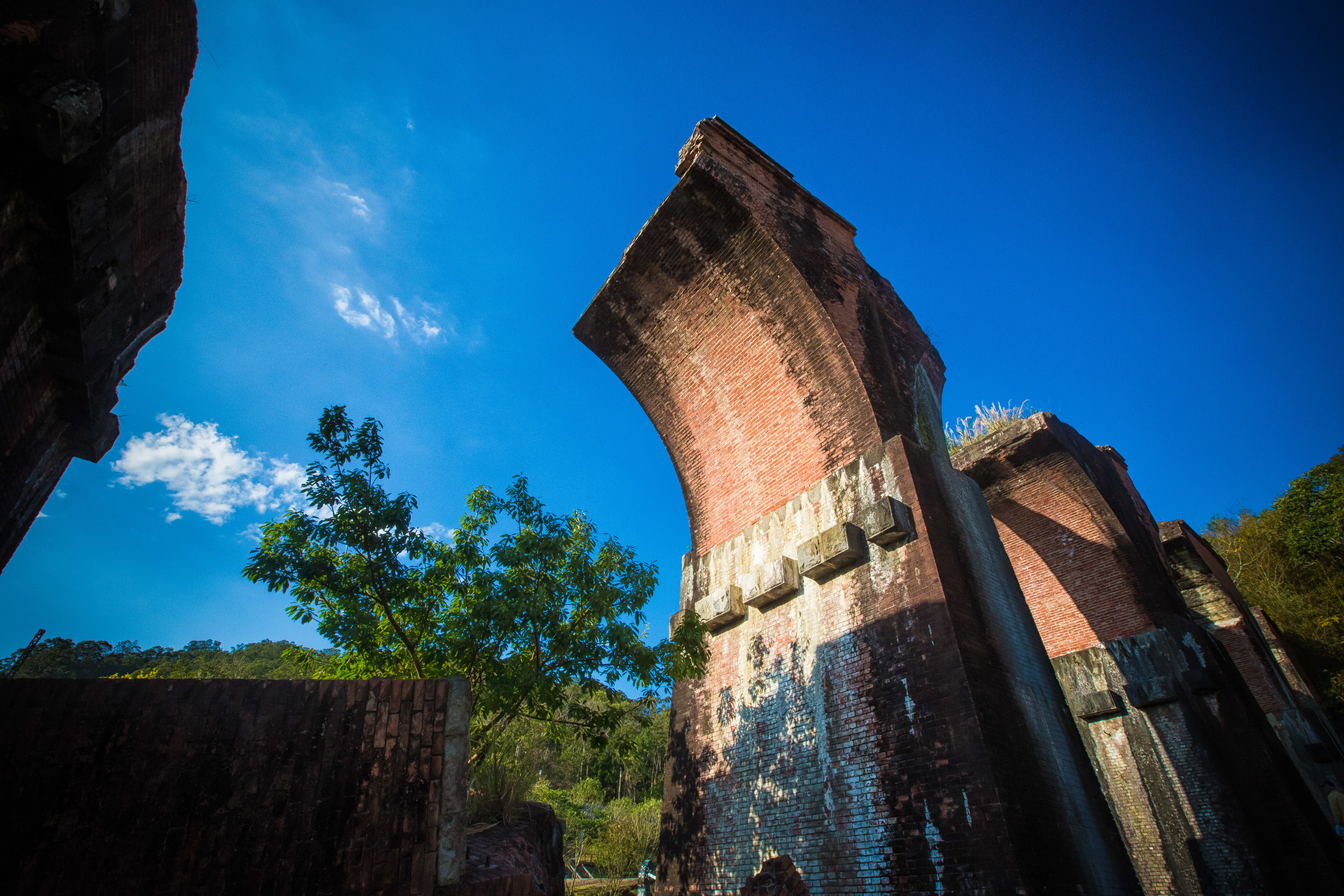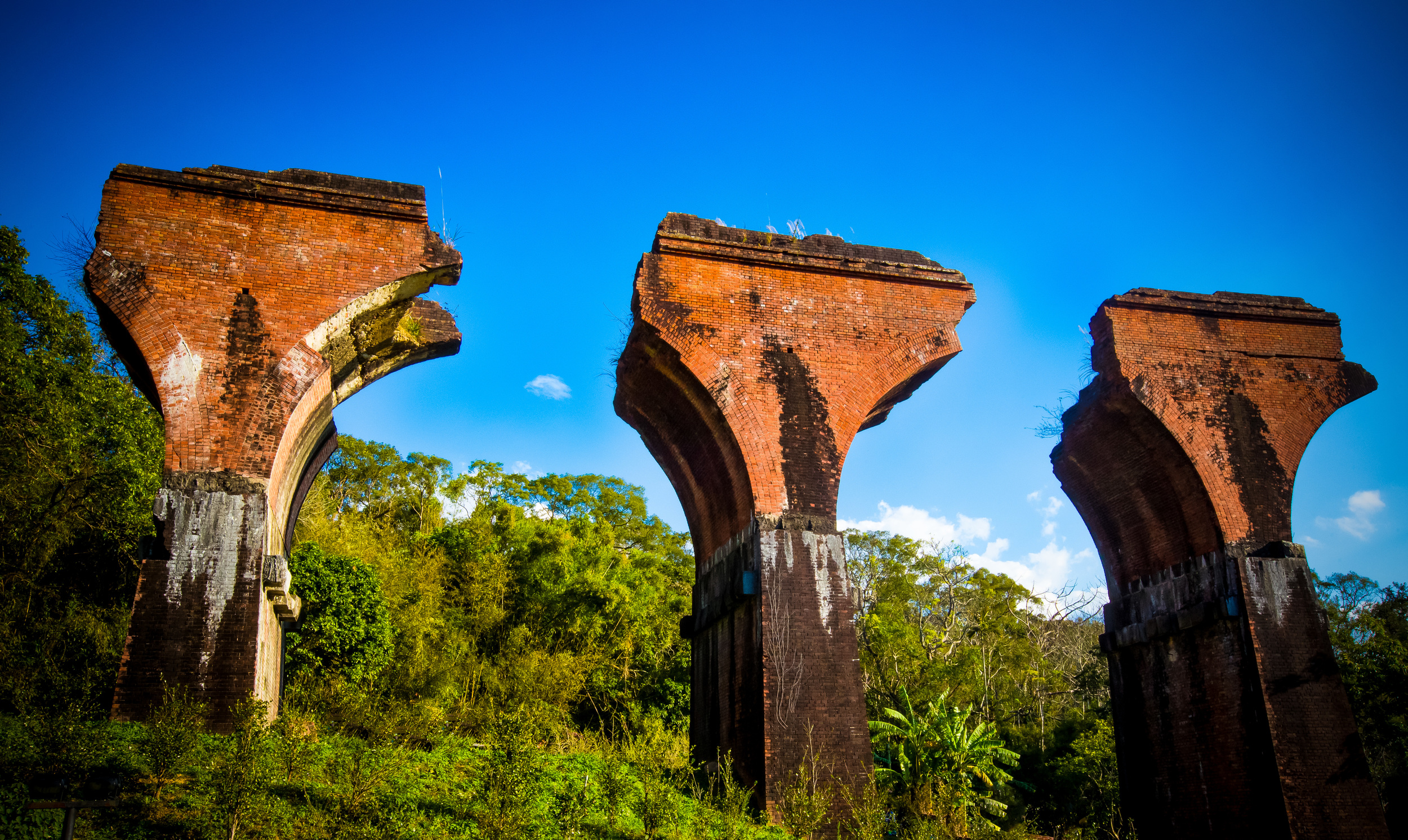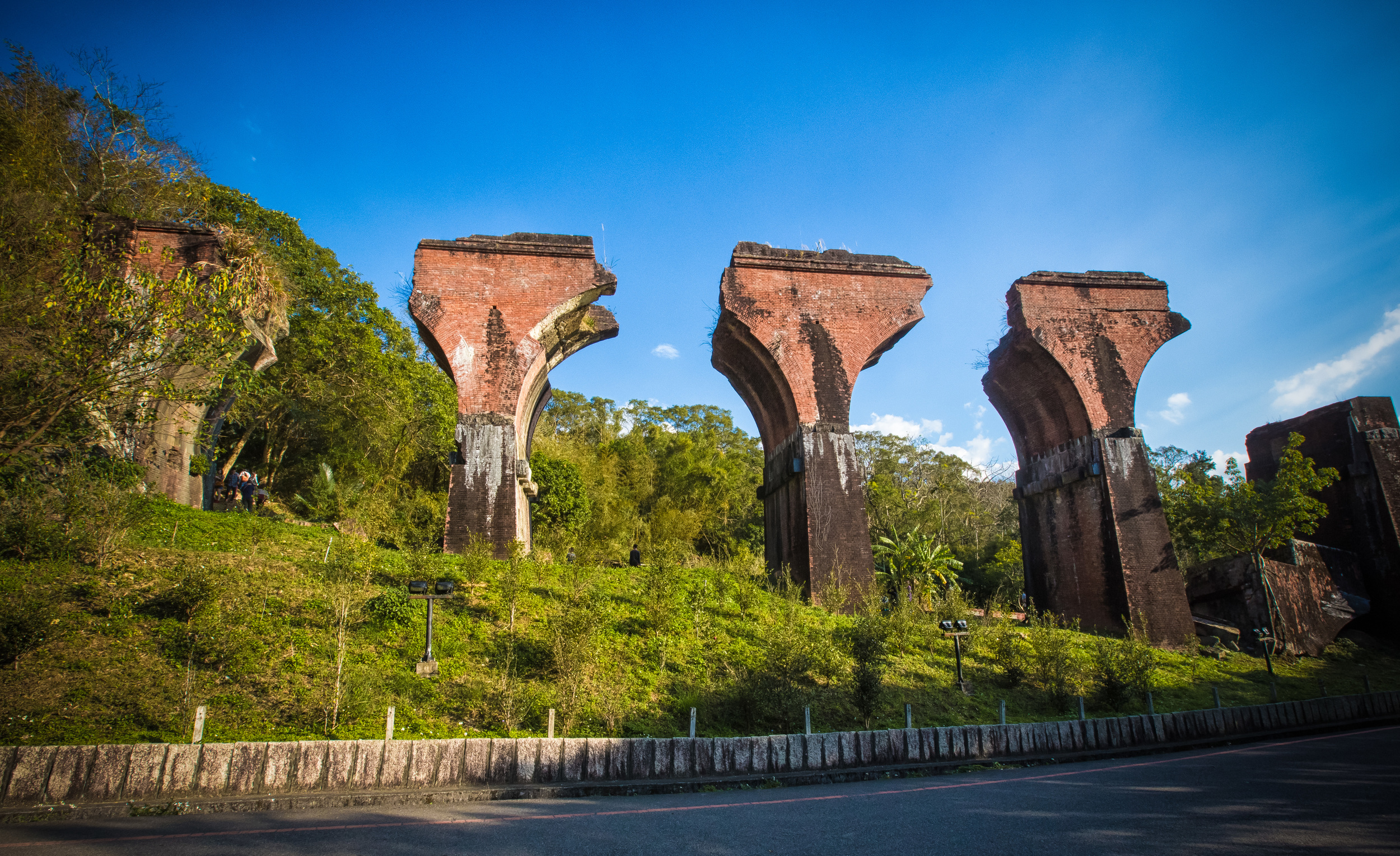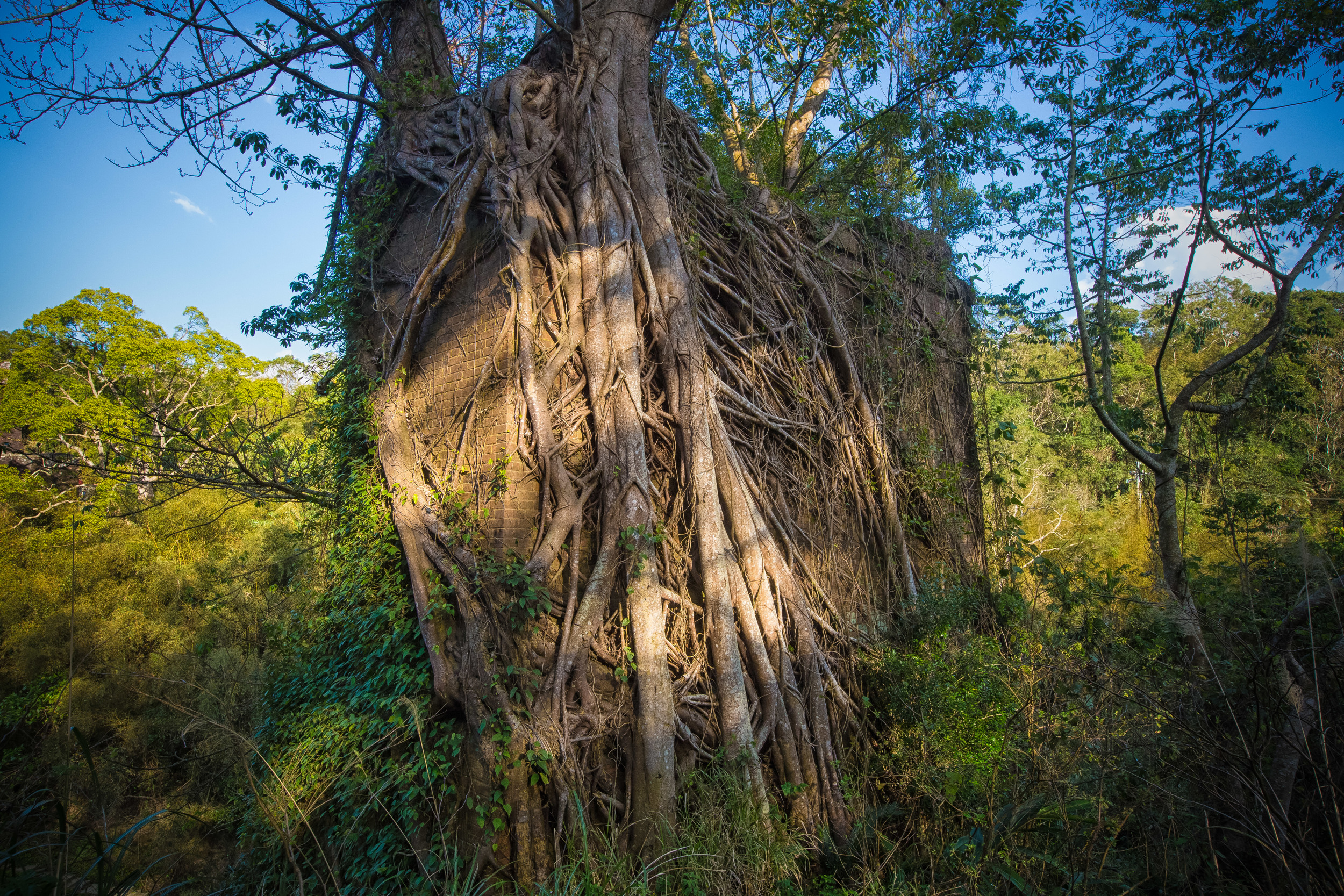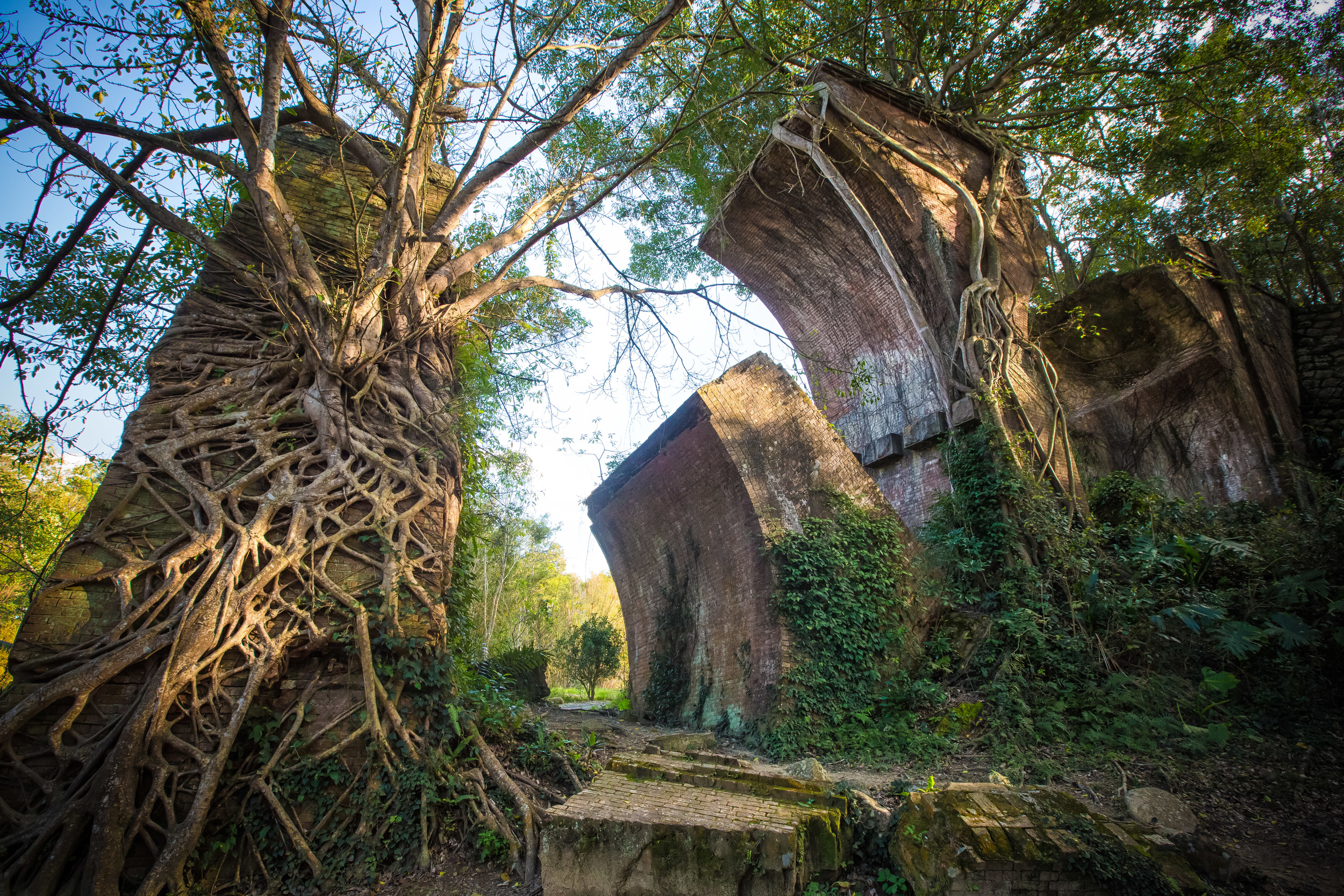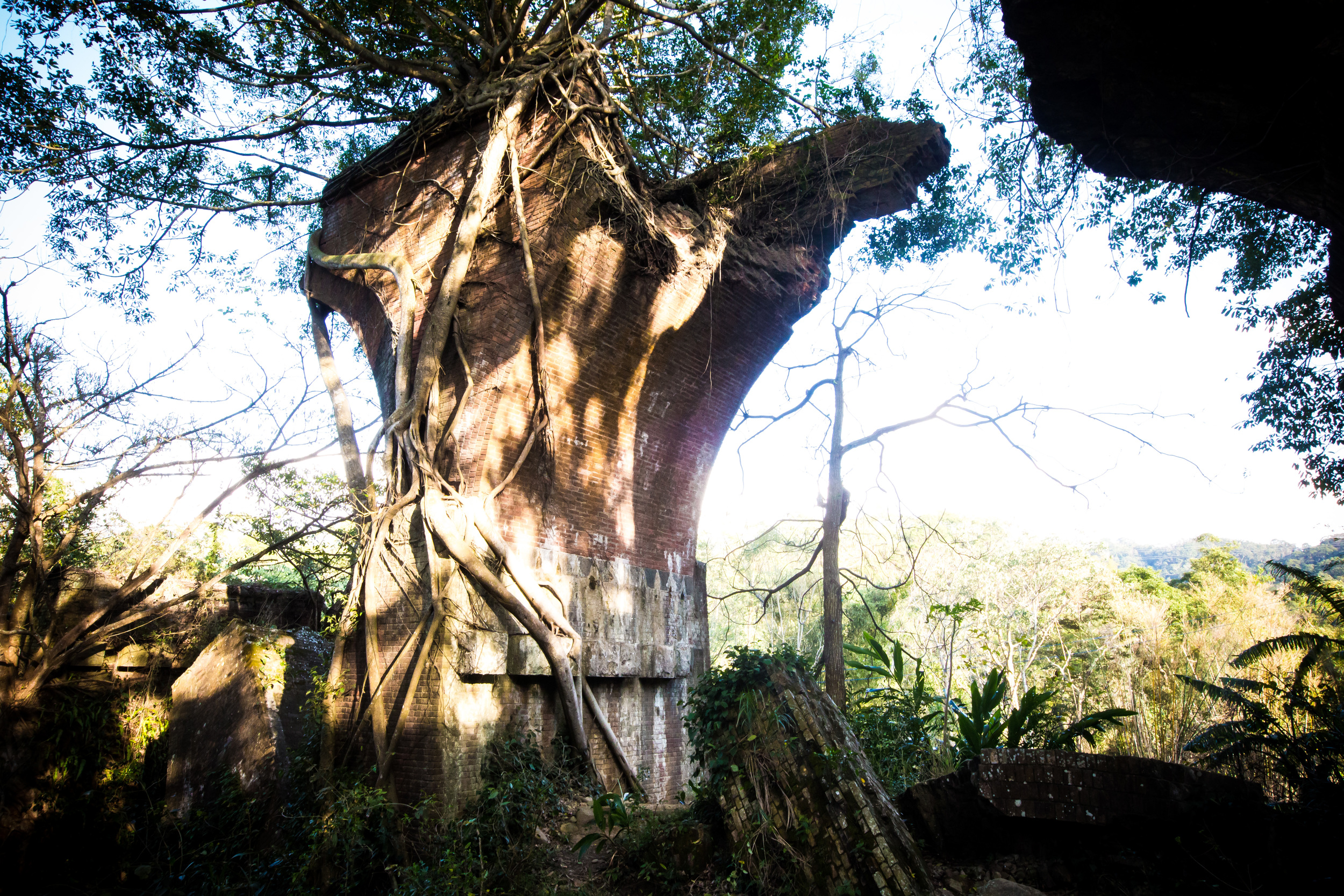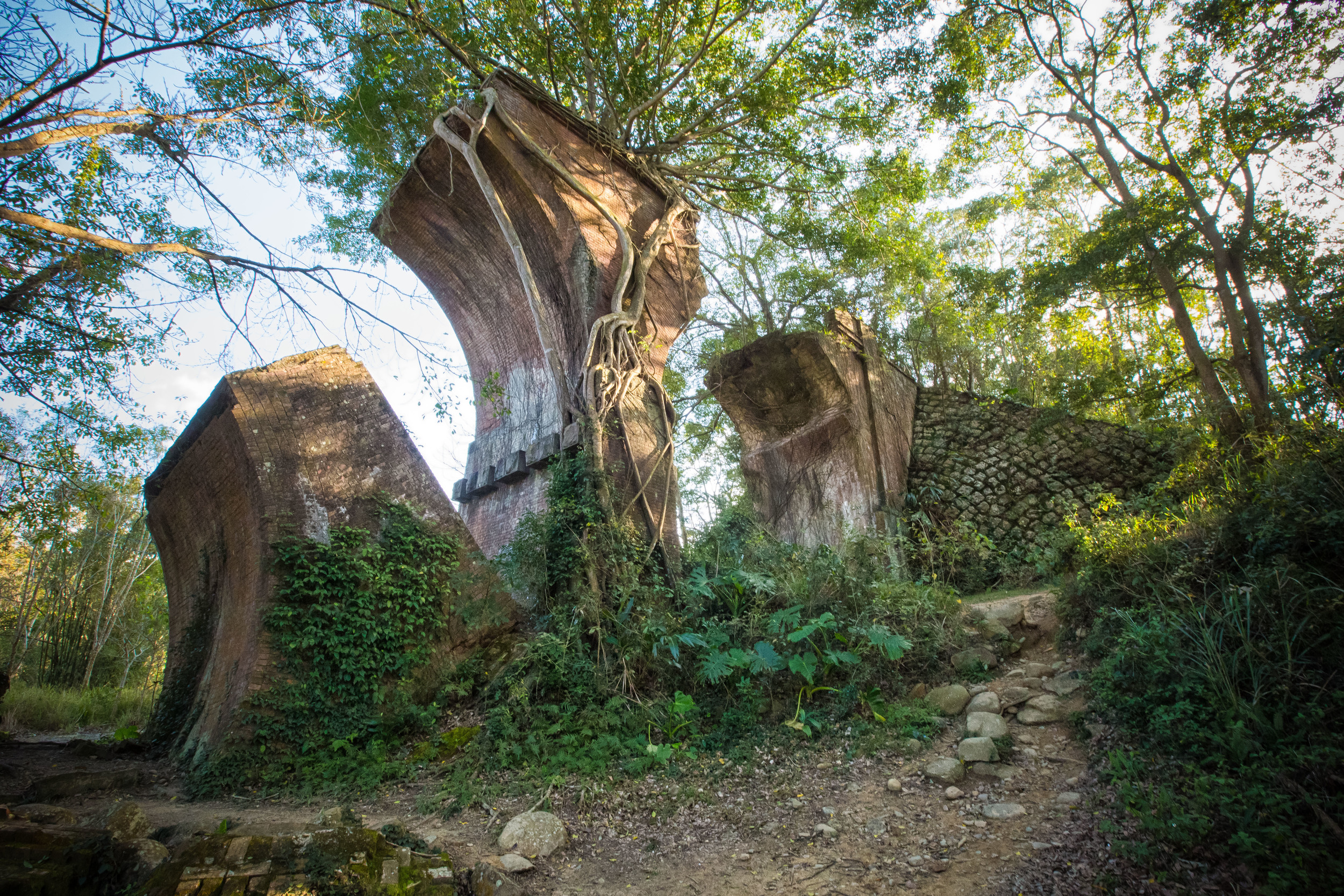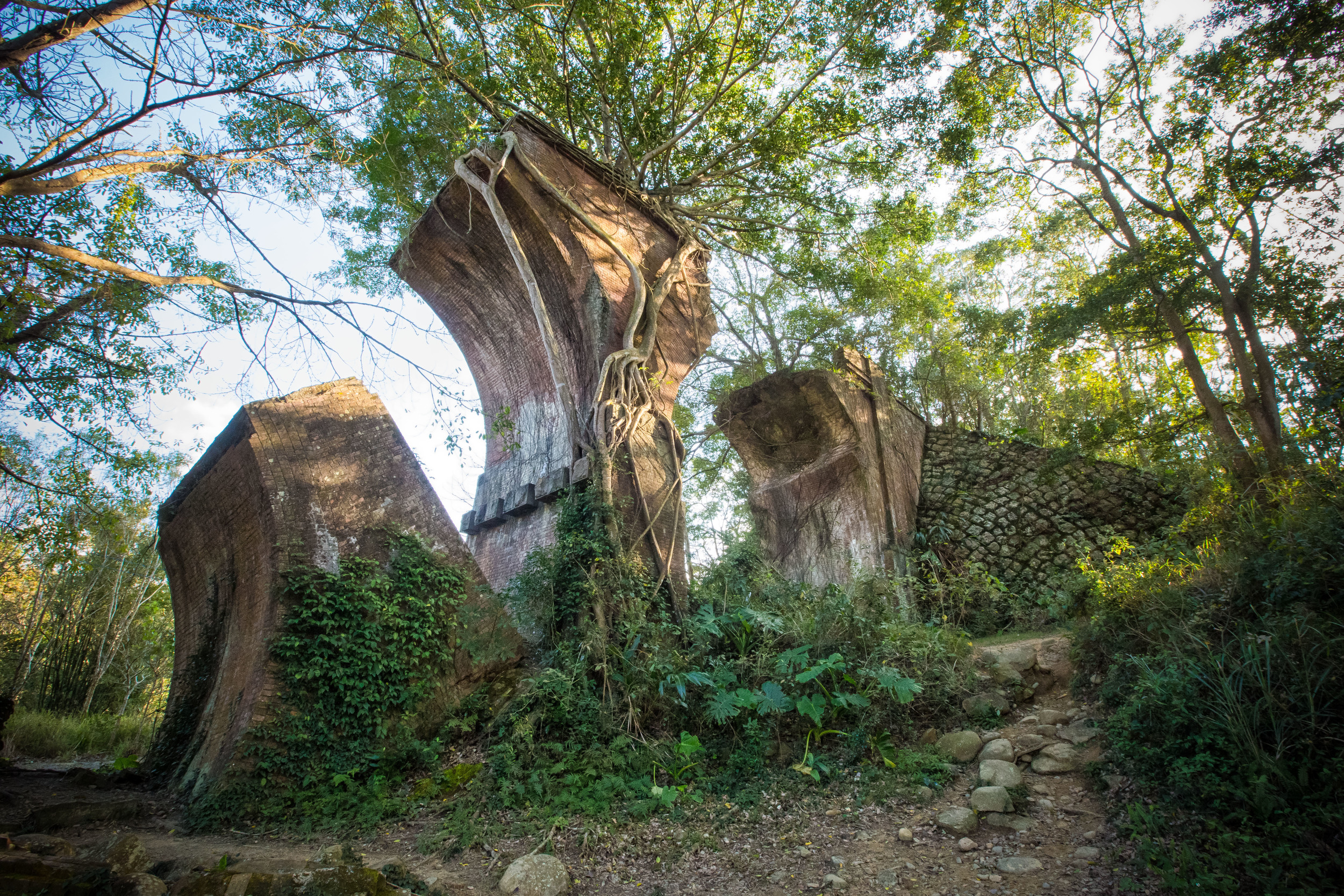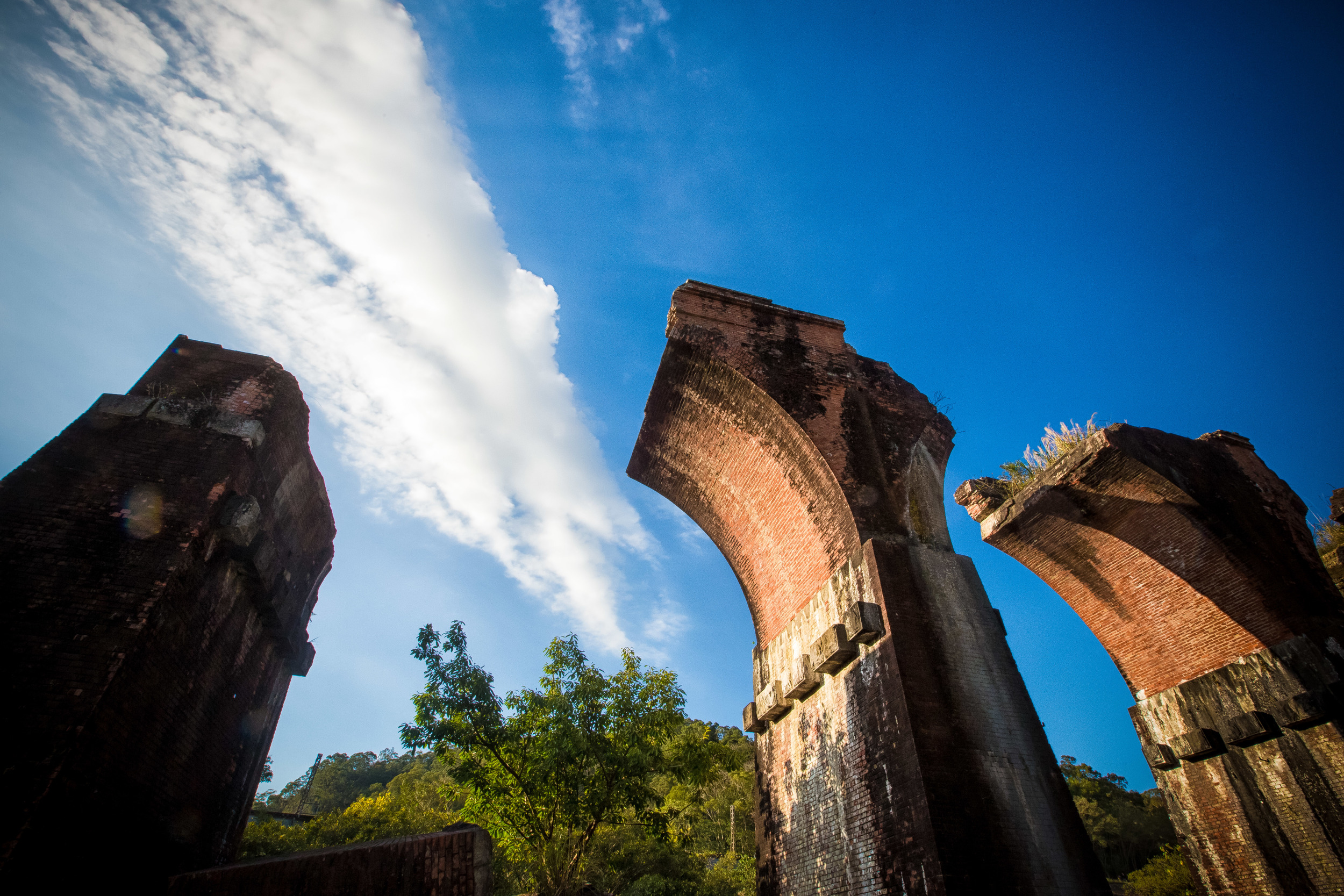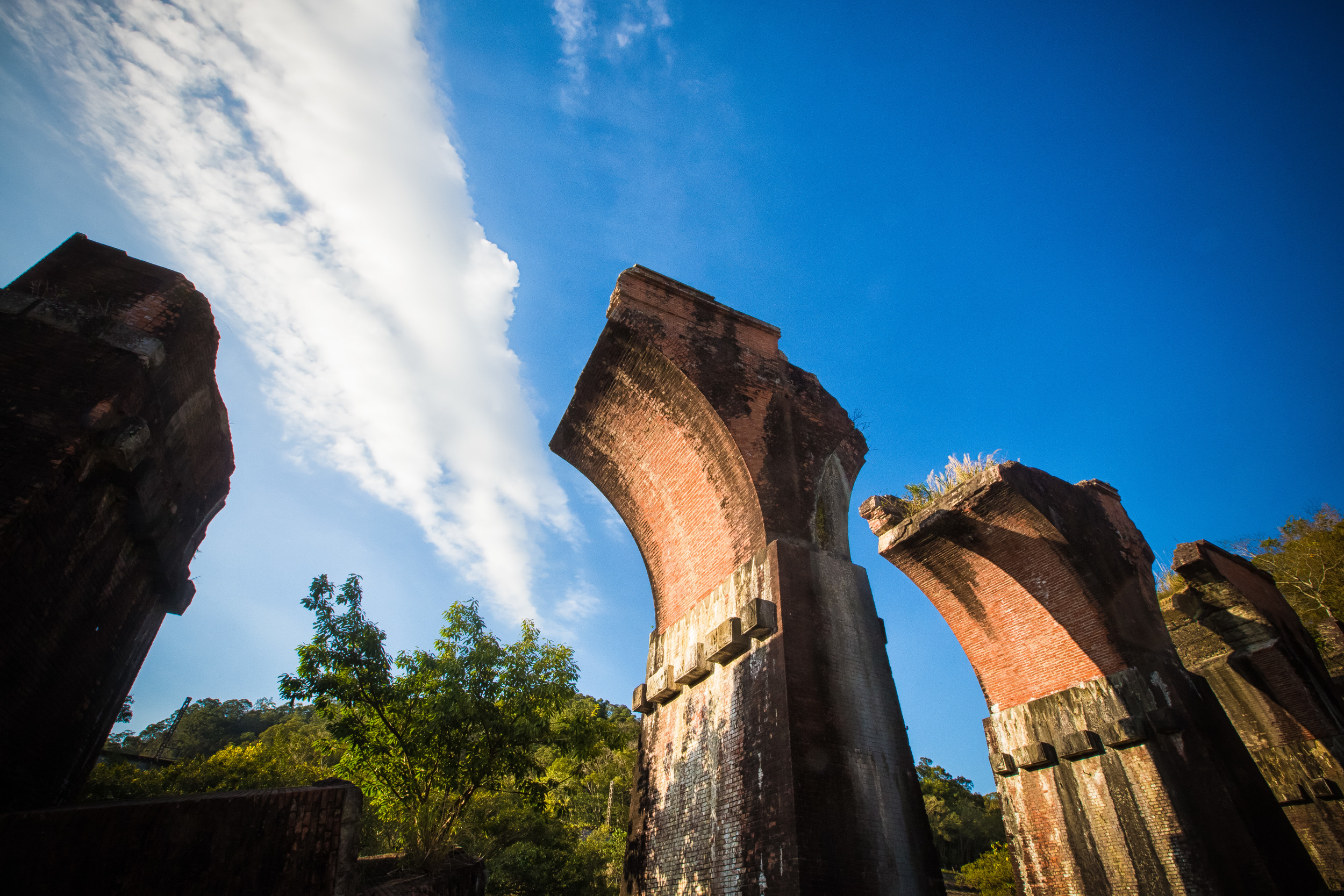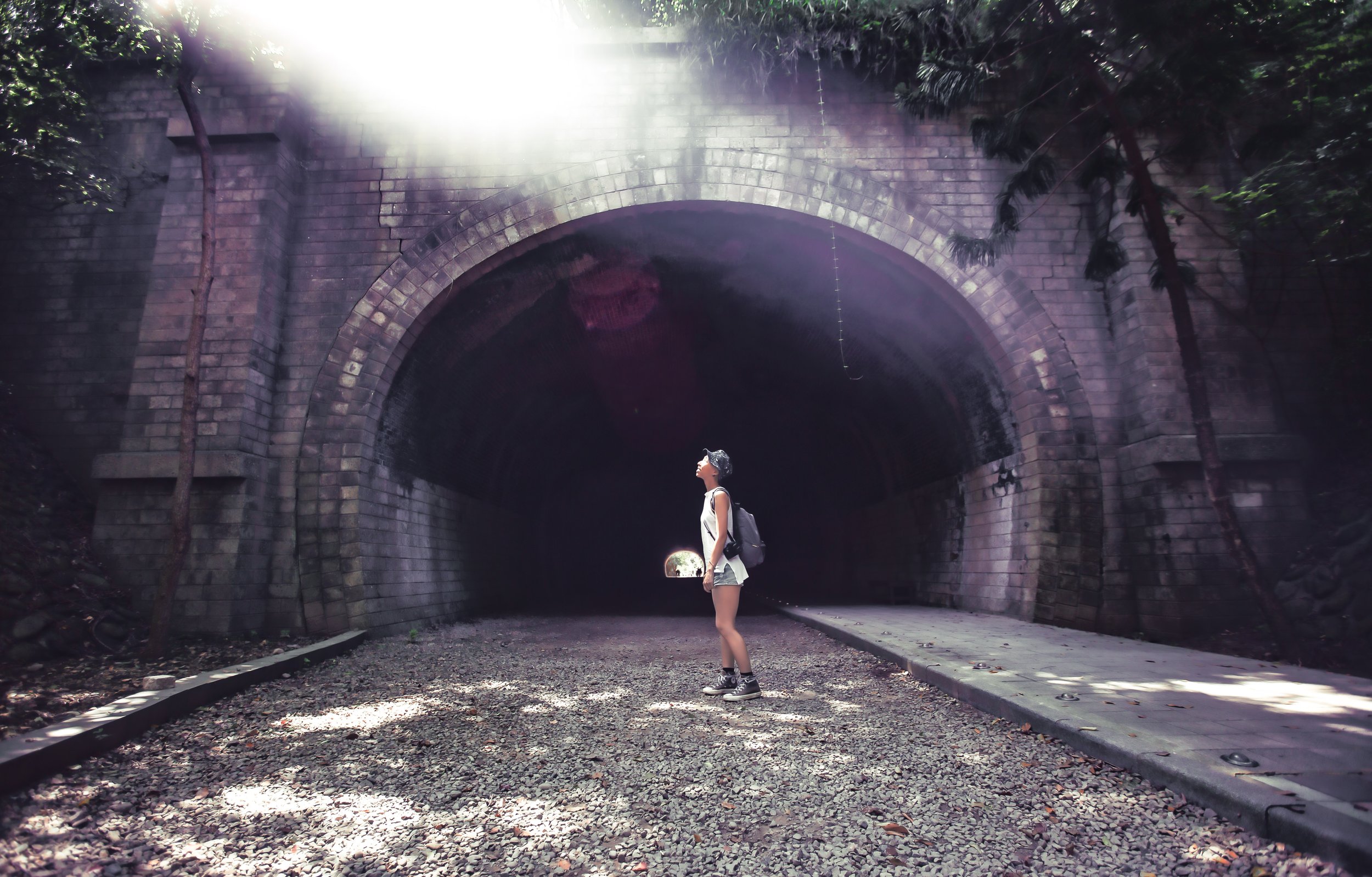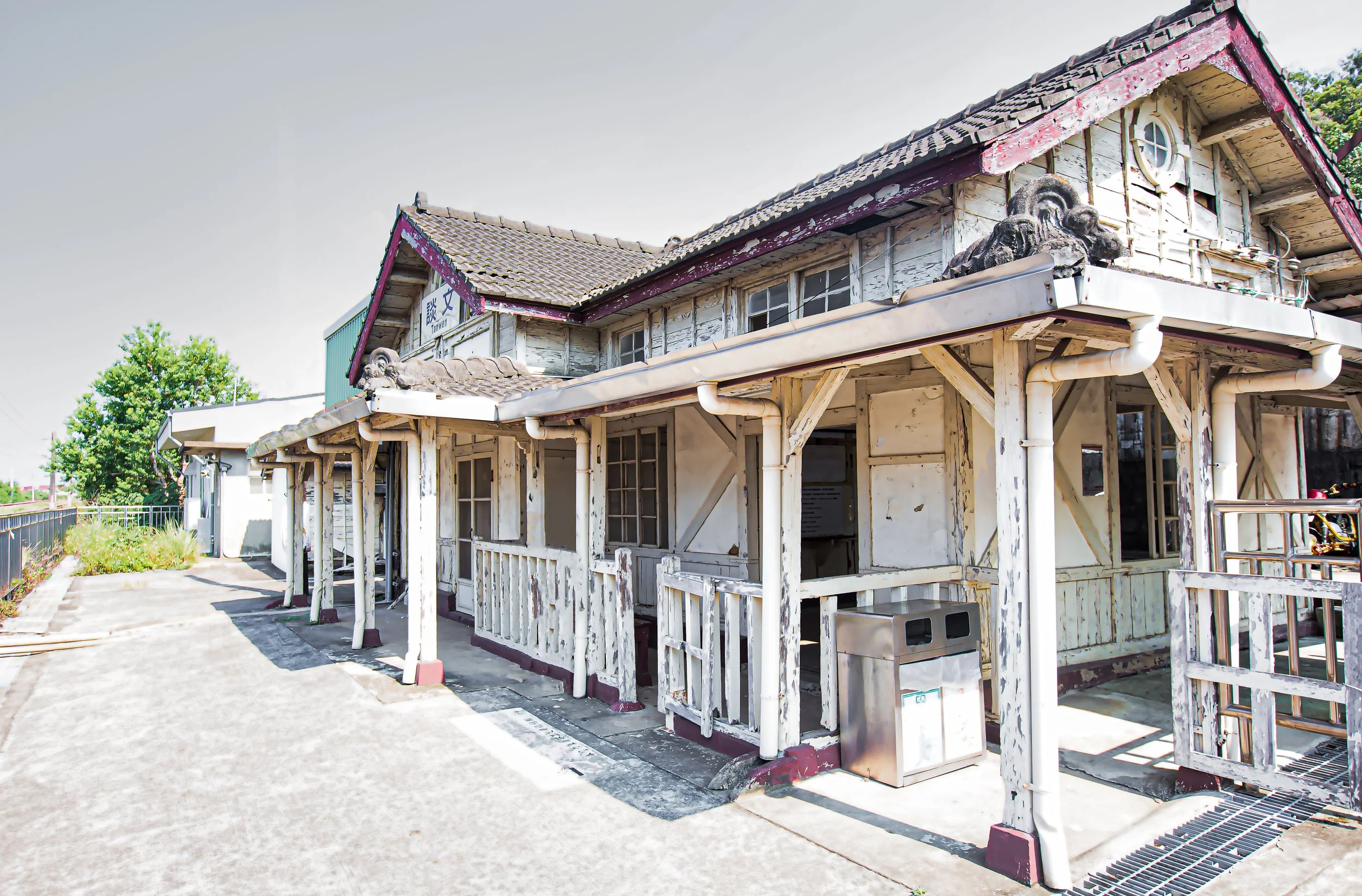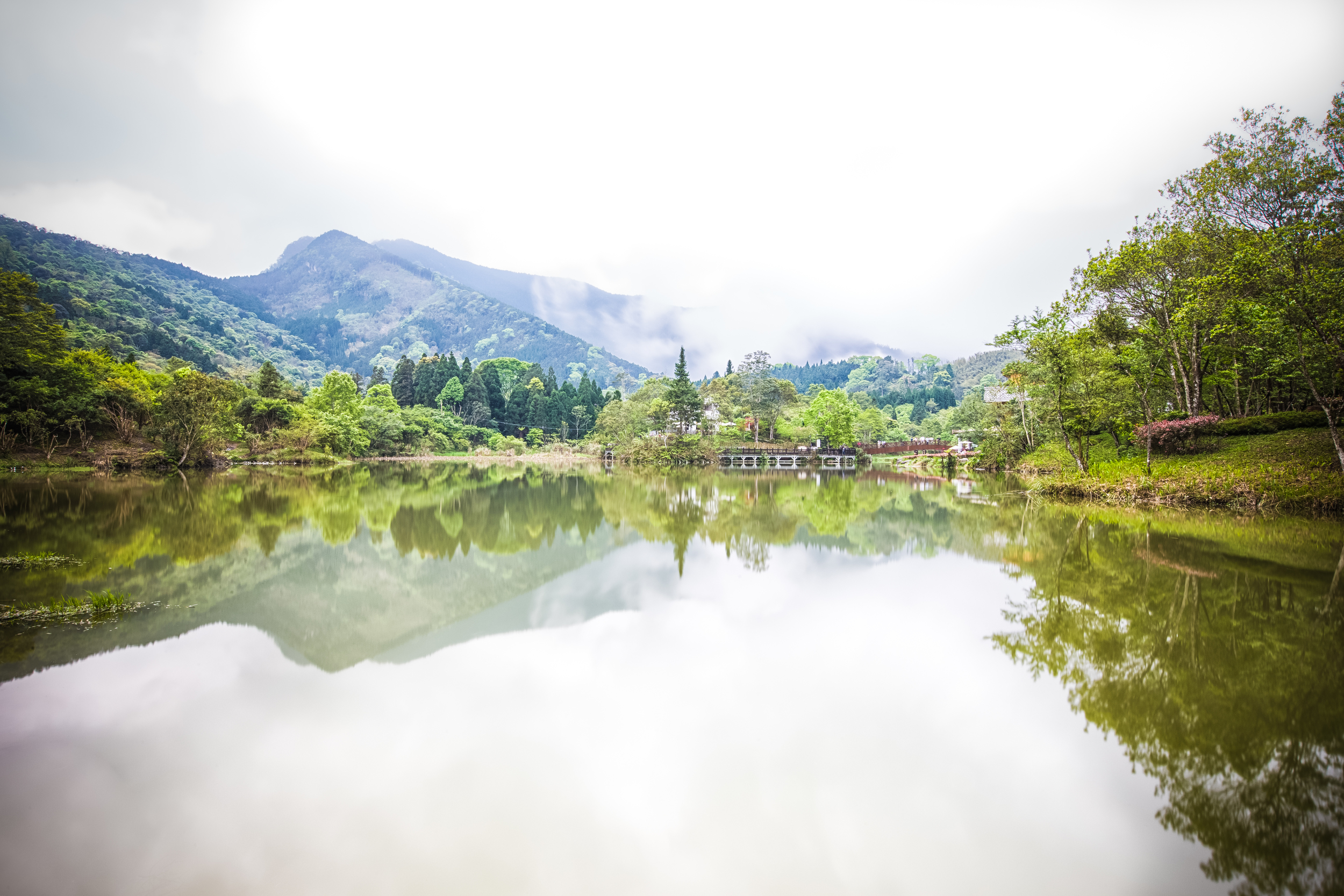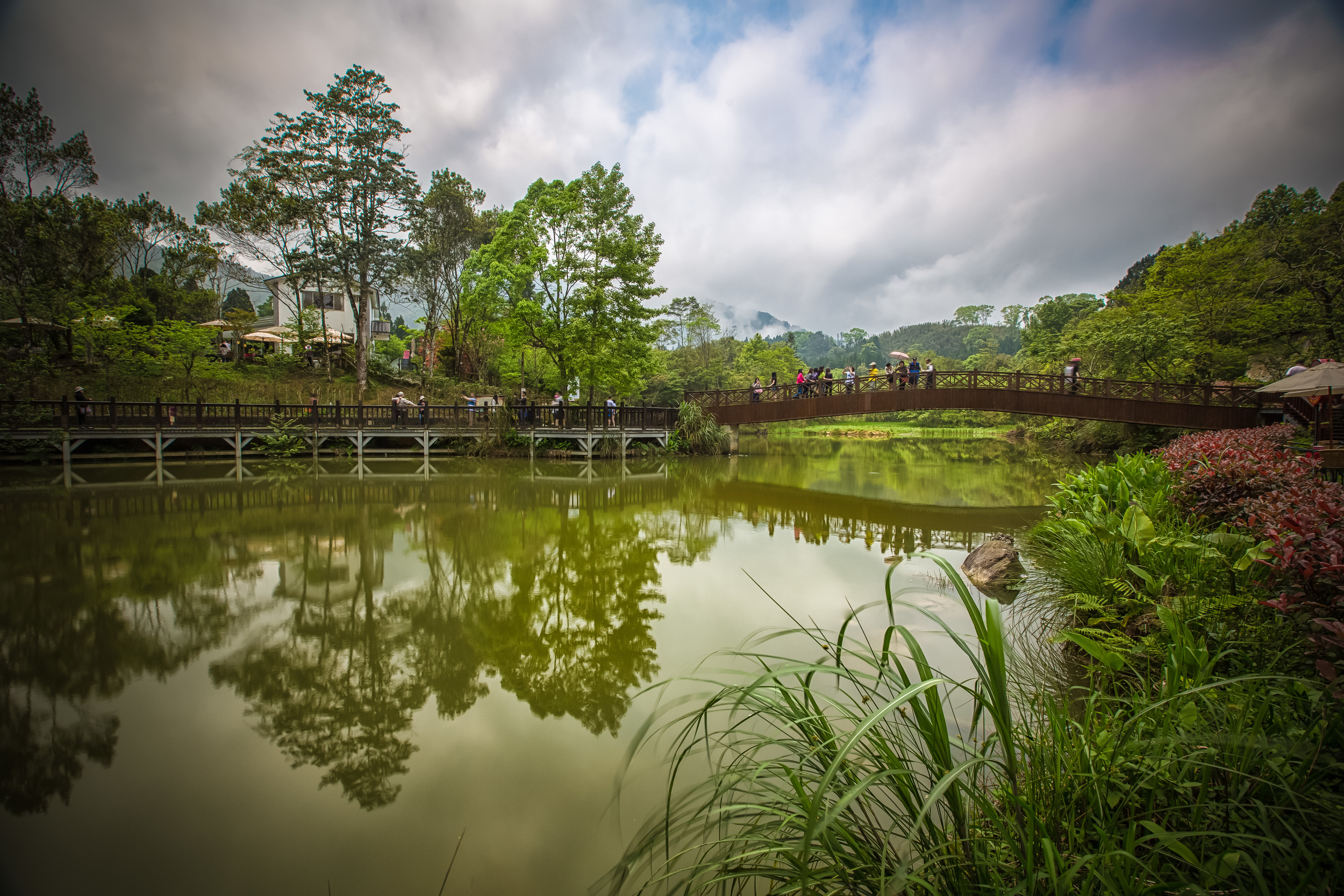It has been a busy few days on my site with that little rant I went on - I try not to do rants that often, but there is no denying the insane amount of traffic some good points and some negativity bring. I have a bunch of blog posts that have been sitting and waiting to be posted for a few months now, so I figured I'd catch up with a few smaller ones for the next week or two.
When you travel there will always be popular tourist attractions that are more or less more interesting than others. The tourist experience really depends on your personal interests or your cultural background and also your idea of what is exotic. For me, I love mountains, landscape and nature. I'm less inclined to be interested in a museum or a place where I have to stand around for too long.
I've found that if I'm traveling with Taiwanese friends there are going to be tourist attractions that are high on their list to visit whereas I'd likely have something completely different in mind, especially when it comes to time constraints on a trip. This obviously goes both ways and the things that I want to see are likely not as interesting to them. When travelling with friends, you have to find a balance and you will have to compromise from time to time.
This time, I compromised.
The Long-Teng Bridge (龍騰斷橋) in Miaoli county's Sanyi Township (三義鄉) might be about as uninteresting as it gets for me - but that doesn't mean that it isn't a huge tourist attraction. I've known about the bridge for years and the area near it is oddly always full of people. On weekends the small mountain road is jam packed with people who have travelled from all over Taiwan to visit and of course take selfies and check in with the famous bridge in the background.
The bridge has become a major tourist attraction and with the neighbouring Hakka village of Sheng-Hsing (勝興村) and its popular train station (勝興車站) makes for a popular day-trip for people wanting to escape the city and get some fresh air.
The original red brick bridge was built in 1906 during the Japanese colonial period and connected passengers on the old mountain rail line (舊山線) between Sheng-Hsing (勝興車站) and Yutengping (雨藤坪車站) stations. The old line suspended operation in 1998 in favour of the new Western Line - which was faster, more efficient and did not have to waste so much power climbing the steep hill between Miaoli and Taichung. Today the old rail line still exists and on special occasions the government will run a steam engine through it for the delight of tourists - the line however is effectively shut down allowing for the train tracks to become a popular hiking trail.
The fate of the original red brick Long-Teng bridge was sealed much earlier than the old Western Line during the magnitude 7.1 Hsinchu-Taichung earthquake (1935年新竹-台中地震) in 1935 and rocked the western coast of the country and had an epicentre in nearby Sanyi. The bridge was damaged beyond repair and put a lot of strain on north-south transportation making the Coast Line (海線) the only way passengers could travel between Hsinchu and Taichung. This meant that a new bridge had to be constructed as quickly as possible.
A new iron bridge was completed in 1938 and was positioned 80 meters away from the original brick version which was left standing and ironically completely disregarded until 1990 when yet another devastating earthquake shook the country.
When the infamous 921 earthquake (921大地震) rocked the country it further damaged the bridge and the Miaoli county government decided that it was time to dedicate the bridge to the memory of these devastating quakes as well as making an effort to put it on a list of Taiwan's Cultural Heritage Assets. I mentioned that it was ironic earlier because the bridge just kind of sat there for decades and not many people paid attention to it.
If it weren't for the 921 earthquake further damaging this bridge, it likely wouldn't have achieved the popularity that it has today. This is just another example of a strange phenomenon in Taiwan that my friend Alexander describes as "disaster tourism".
The area is most popular around the time of the year when the Hakka Tung Blossoms (客家桐花) are in bloom which means if you visit between the end of March up until May you will at least be treated to an experience with the beautiful white blossoms in the trees. As I mentioned earlier the bridge alone isn't enough for a day-trip to the area, so most people will include it as part of a much larger day with visits to other locations.
As for me, a few shots were taken, a few plaques were read and while my Taiwanese friends were having their fun I took a short hike down to the river to see if there was actually anything else worth taking a photo of. I can't say that I recommend this place, but if you're in the area you might want to stop in and have a look. You don't need much time to bridge and if you go on the weekend you might be lucky to run into some vendors selling a rare black version of stinky tofu which is quite delicious!
Gallery / Flickr (High Res Photos)
